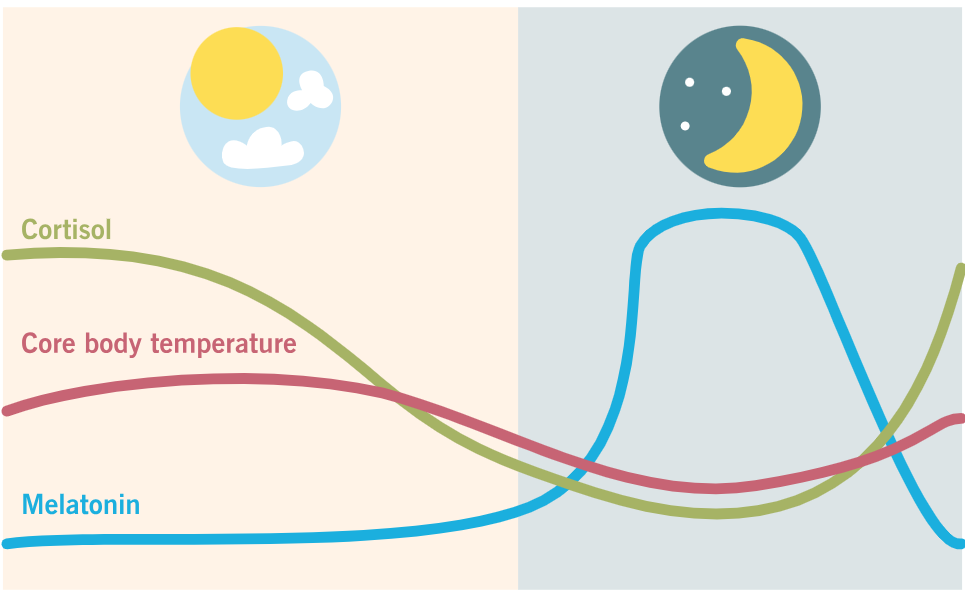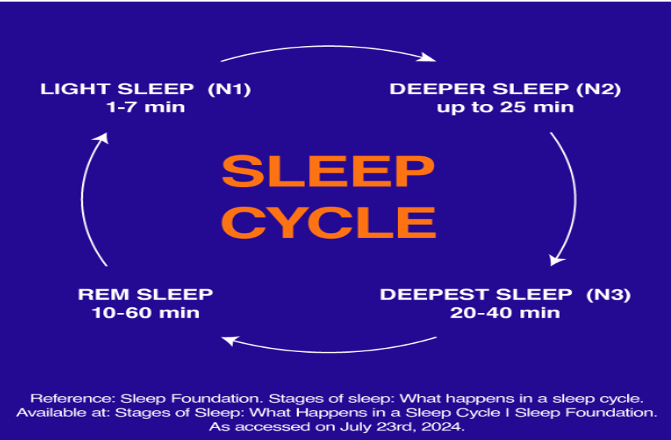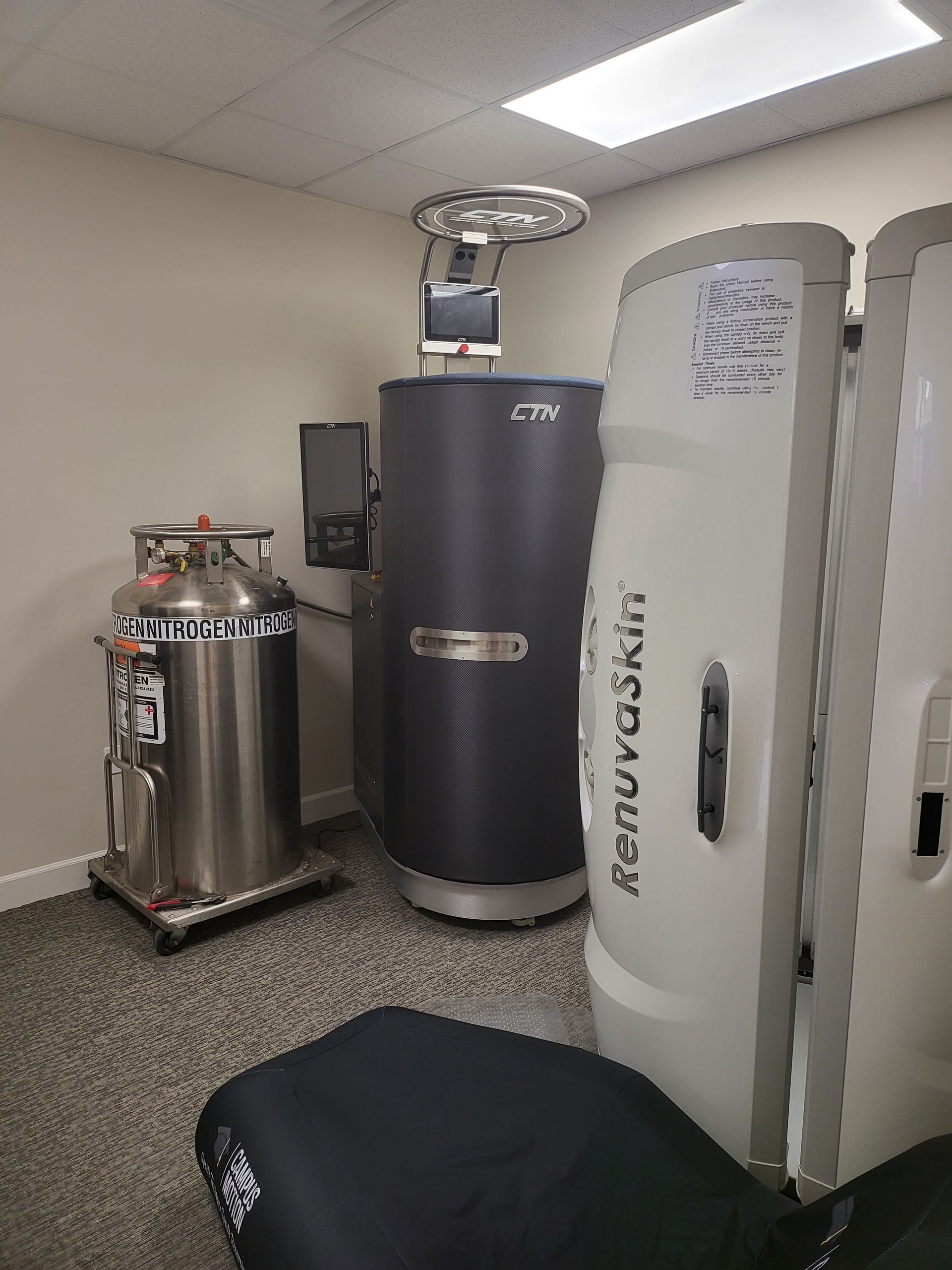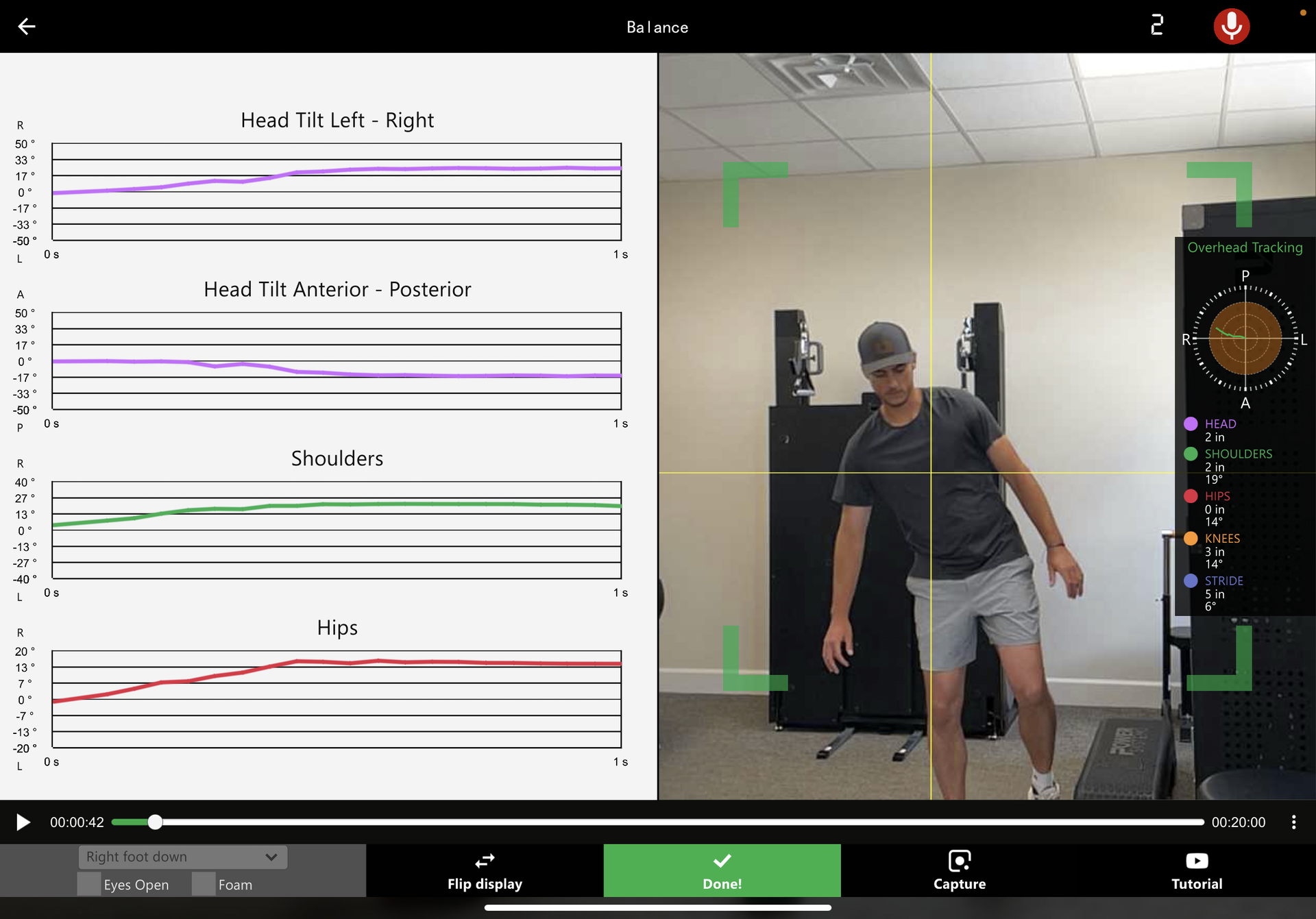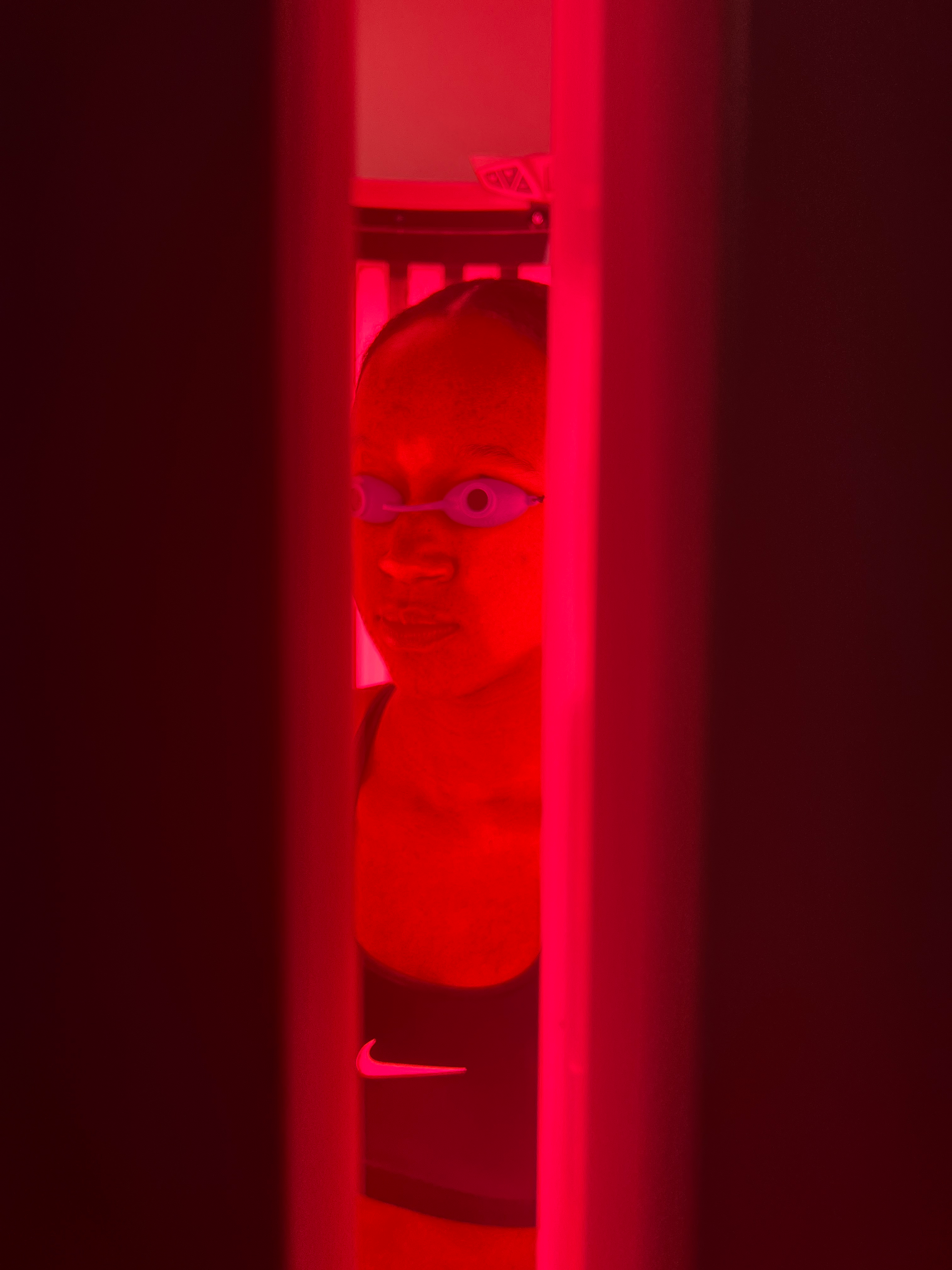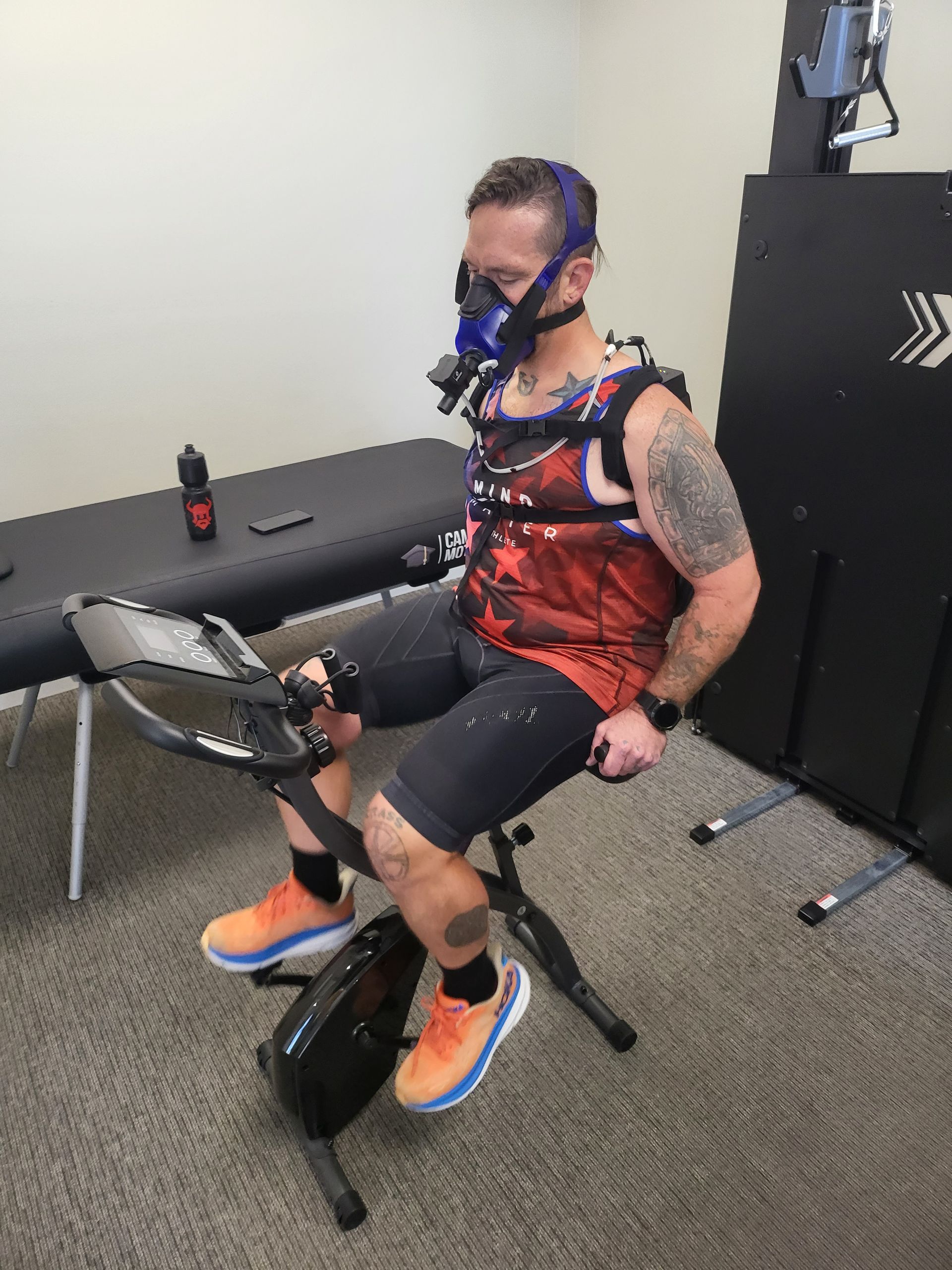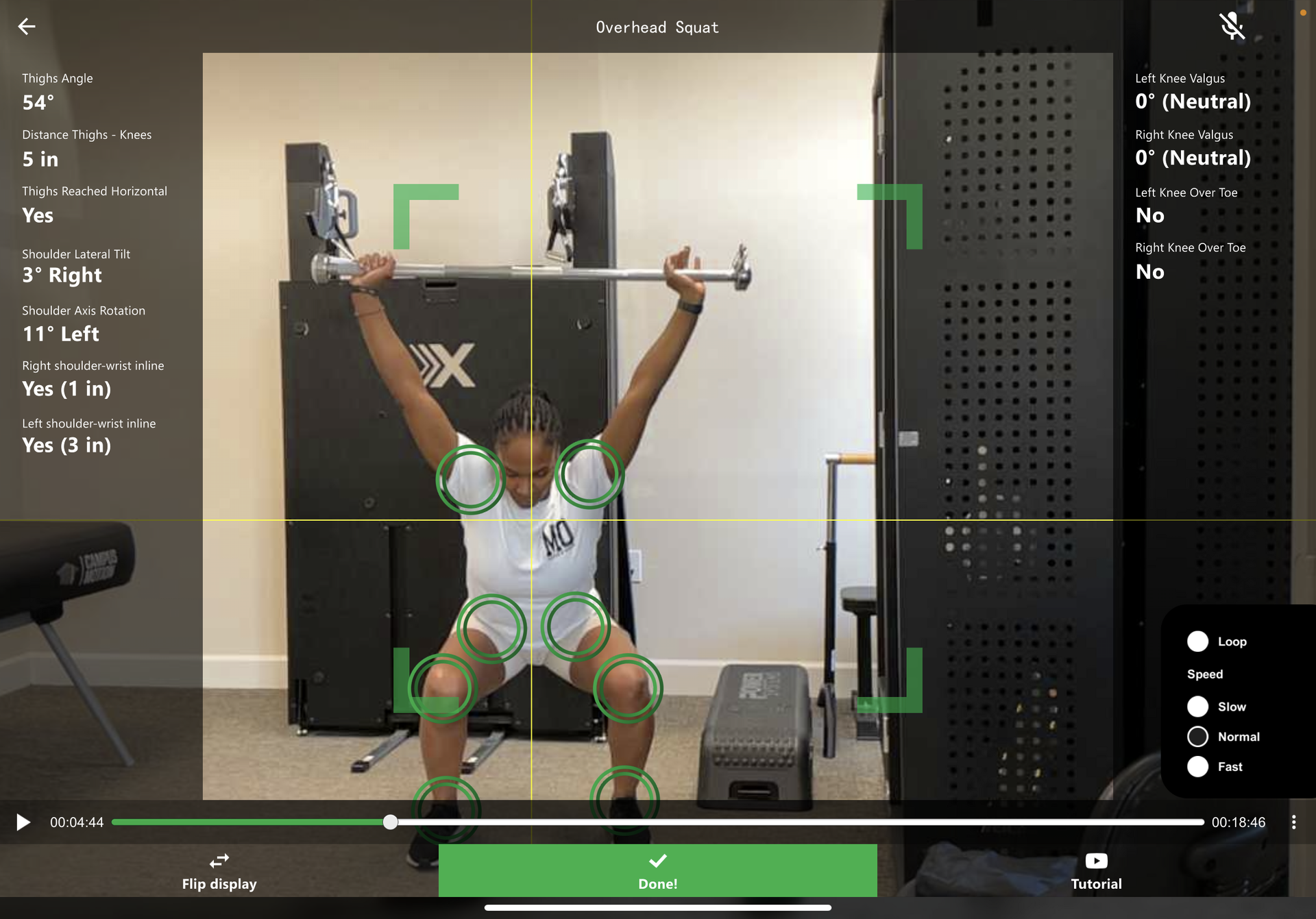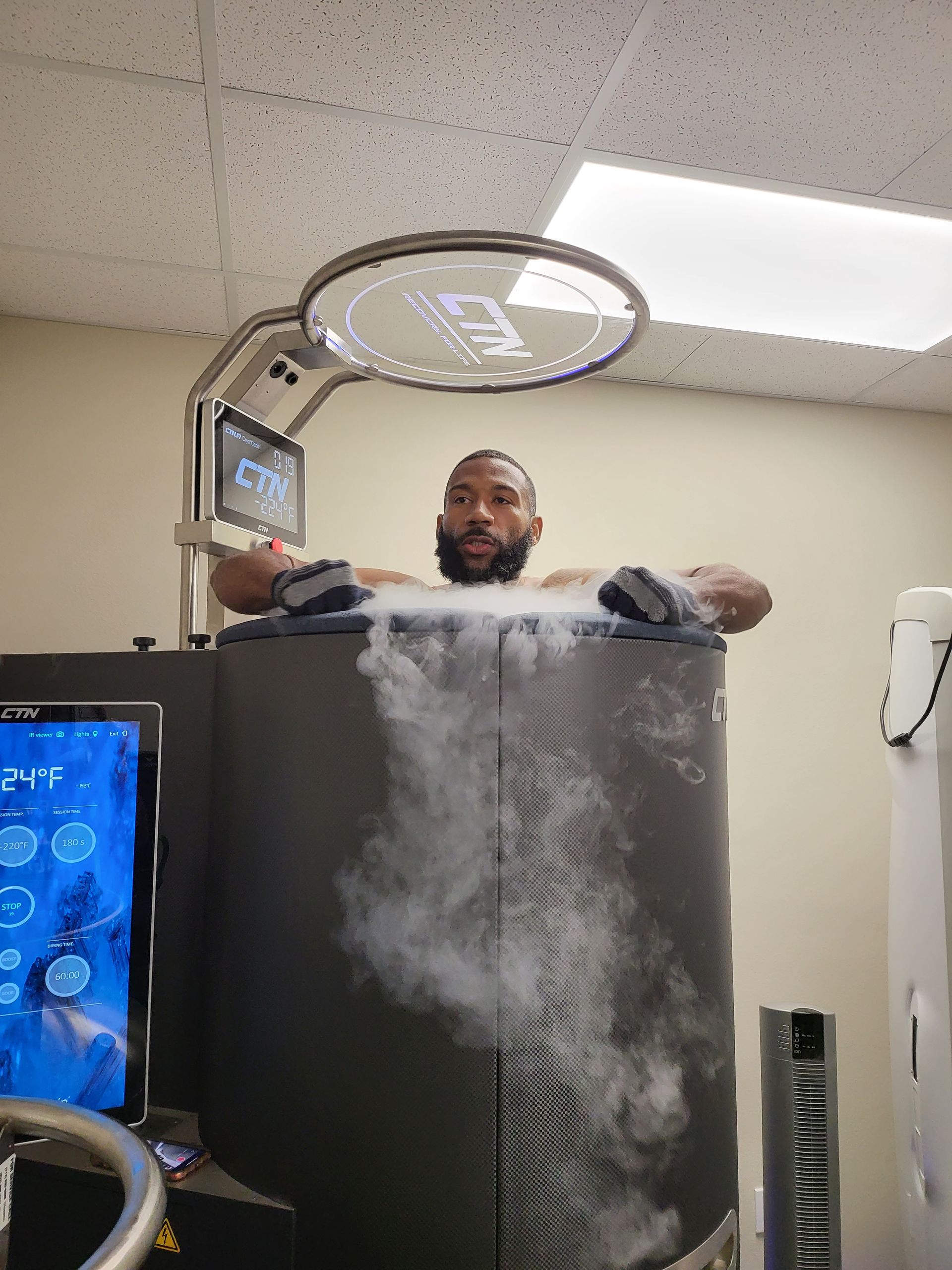The ACL Tear: Risk Factors, Prevention, and Recovery
Suffering an ACL tear can be devastating as you'll be unable to compete from a period of months to a year or more. Let's examine risk factors and strategies to prevent a torn ACL as well as what recovery looks like post ACL injury.
Did you know there are between 100,000 to 200,000 ACL injuries in the US every year?
Whether you've already been diagnosed with an ACL tear, or you're waiting to see a doctor, the process can be excruciating. ACL injuries can wreak havoc on your knee, and you'll need to make sure you get the treatment you need and give yourself time to heal.
In the meantime, it's important to learn about ACL injuries so you know what to expect. Keep reading to learn all about ACL tears, including the causes and treatments that can help you get back to your life!
ACL Injury Prevention :
To better understand ACL treatments, it's important to learn about how the ACL functions and the types of ACL injuries that can occur. The two ligaments inside your knee that crisscross each other are referred to as the anterior cruciate ligament (ACL). These ligaments provide support to your knee joint and hold your bones together.
When you have an ACL injury, you have either a tear or sprain to the ACL ligament. ACL knee injuries are classified into different grades depending on the severity of the injury which includes:
Grade 1
Grade 1 ACL injuries occur when your ACL is mildly stretched or sprained but is still able to adequately support your knee joint.
Grade 2
Grade 2 ACL injuries are more severe and happen when your ACL stretches so much it is partially torn. You'll notice less stability in your knee joint when you have a grade 2 injury.
Grade 3
A grade 3 tear is the most severe type of ACL injury you can have. At this level, your ACL will be torn completely in half and is no longer able to provide any stability to your knee joint.
ACL Tear Causes
A torn ACL typically happens during sports activities where you have to put repetitive stress on your knees by moving them in a specific way.
This includes:
- Slowing down suddenly and changing direction
- Pivoting while keeping your foot planted
- Landing in an awkward way from a jump
- Stopping or starting a movement suddenly
- Getting a direct blow to the knee or having a collision with another person
ACL Tear Risk Factors
There are certain risk factors that put you at an increased risk for an ACL injury. Some factors are biological, considered to be non-modifiable and some are modifiable.
Non-Modifiable Risk Factors
- if you're female, hormonal influences and having a wider hip structure puts you at greater risk than males.
- People that participate in certain sports such as soccer, football, basketball, volleyball, and downhill skiing put themselves in a higher risk category for an ACL injury.
Modifiable Risk Factors
- Poor jumping and landing mechanics for sports that involve repetitive jumping; this can be determined via video analysis.
- If you're in poor physical condition, you're more likely to have trouble with certain movements and the risk for any injury is higher, including ACL injury
- If you have certain weaknesses at your hip and core, it causes a lack of stability in your leg and increases the risk of an ACL tear; this can be determined via video analysis
- Increased fatigue during sport increases your risk for an ACL tear
- Finally, if you wear footwear that doesn't fit properly or use poorly maintained sports equipment like skis with dull edges, you're more likely to fall and injure your knee.
ACL Tear Symptoms
You're likely to initially experience a sensation of sharp pain when the injury first occurs. Other symptoms you'll start to have include:
- Knee swelling within the first 24 hours
- Deep aching pain that worsens with walking
- Your knee feels unstable like it could give out
- Difficulty straightening your knee normally
- Bruising and tenderness
- Your knee feels warm to the touch
These symptoms will usually worsen within 1 to 2 days after your initial injury. If you have an ACL tear, you may not be able to stand normally and have to limp to get around.
ACL Diagnosis
You'll need to see your doctor so they can assess your injuries. To begin, your doctor will perform a physical exam on your knee to check for pain, swelling, and tenderness. They'll also move your knee in different positions to check joint function and overall range of motion.
Next, you'll have imaging tests ordered to determine how severe your torn ACL is, and to look for other injuries. An x-ray may be ordered to rule out any fractures or bone injuries.
You'll also need an MRI to check the extent of your ACL injury as well as look for damage to your knee cartilage or other tendons and ligaments.
ACL Treatment
Treatment for ACL injuries requires a multi-step approach that starts at home. You'll first need to follow the R.I.C.E. (rest, ice, compression, elevation) treatment at home by:
- Resting your knee and limit your activity
- Icing your knee at least every 20 minutes every two hours
- Wrapping an elastic compression bandage around your knee to reduce swelling
- Elevating your knee by propping it up with pillows
Physical Therapy
For ACL injuries not undergoing surgery, you'll need to start physical therapy or a sports recovery program to build strength back up in your knee. Physical therapy treatments after an ACL injury typically start within 1 to 2 weeks after your injury.
Your physical therapist will teach you exercises that you can also continue at home. You'll work on exercises that increase your range of motion and build up to resuming your normal activities.
ACL Surgery
You may need an ACL reconstruction if your ACL injury is severe and causes your knee to be unstable during your daily activities. If you're an athlete and want to continue participating in sports, your doctor will likely recommend ACL surgery.
ACL reconstruction involves your surgeon removing the damaged ligament and replacing it with a piece of tendon. Usually, this tendon comes from another part of your knee.
You'll also need to do a course of physical therapy after your surgery, which usually begins a week after your surgery is done.
ACL Injury Prevention is Key!
It's no easy task recovering from an ACL tear, and you'll have to recover one day at a time over a period of months. The best course of action is to prevent an ACL injury from happening by addressing as many of the modifiable risk factors as possible.
With that being said, why not turn to Campus Motion for your ACL Prevention needs?
We make it our mission to deliver holistic physical health and wellness services to help you recover naturally. Contact us today and start your journey towards wellness!
